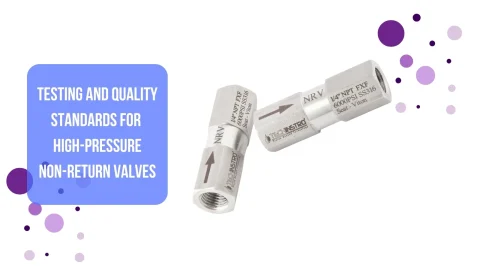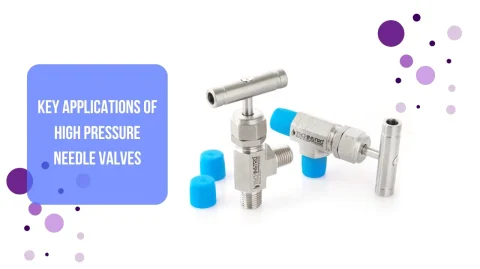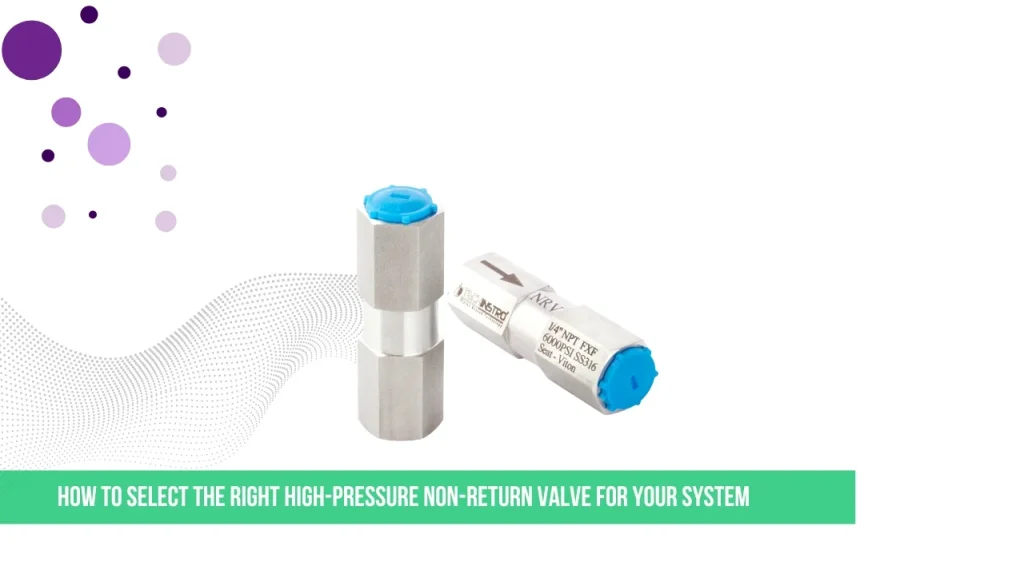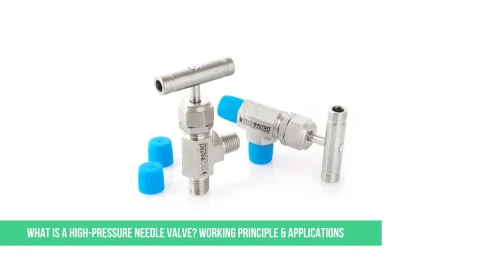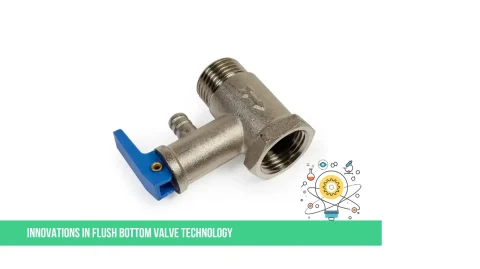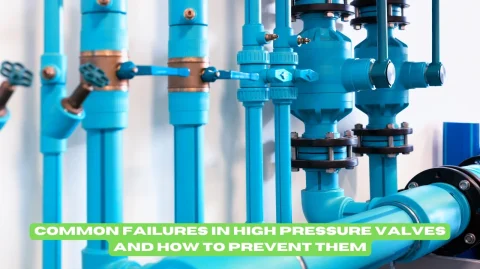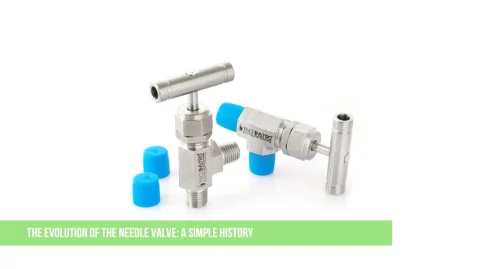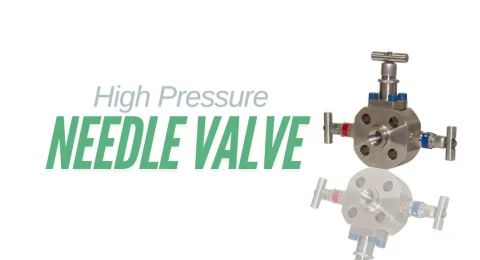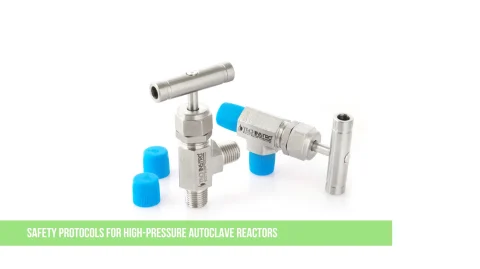A non-return valve (NRV), also known as a check valve, is a simple yet crucial component. Its job is to allow flow in one direction and automatically prevent backflow (reverse flow) when the fluid stops or reverses. In high-pressure systems, selecting the wrong valve isn’t just an inconvenience; it can be hazardous, resulting in equipment damage, leaks, or even catastrophic failure.
Selecting the right one might seem complicated, but you can break it down into a few key steps. Think of it like finding the right pair of work boots: they need to be the right size, built for the environment, and safe for the job.
Know Your System (The “Where and What”)
Buy High Pressure Non Return Valve:
Before you even look at valves, gather these key details about your system:
Fluid Type: What is the valve controlling? Is it water, oil, steam, an aggressive chemical, or a gas? The material of the valve must be compatible to avoid corrosion. (e.g., seawater needs a corrosion-resistant material like duplex stainless steel or bronze).
Operating Pressure (PSI/Bar): What is the maximum pressure the valve will experience when closed? High-pressure valves are designed to withstand this sudden pressure surge. Don’t use a standard-pressure valve here!
Flow Rate (GPM or L/min): How much fluid needs to pass through? This helps determine the correct valve size.
Temperature (°F/°C): What is the temperature of the fluid? Seal and body materials must be rated for this temperature.
Choose the Right Valve Type (The “Design”)
For high-pressure applications, not all check valve designs are created equal. Here are the most common and robust types:
Swing Check Valve
How it works: A disc swings on a hinge open with the flow and swings shut when the flow stops.
Best for: Lower velocity flows, larger pipe sizes, and systems where a complete, unobstructed flow path is beneficial. Not always the best for high-pressure systems with rapid flow changes, as the disc can slam shut violently.
Piston/Lift Check Valve
How it works: A piston or disc lifts vertically off its seat when pressure builds underneath it. When the flow stops, gravity and backpressure force it back onto the seat.
Best for: High-pressure applications, especially with steam, water, or oil. They have a positive seal and are very durable, but can be noisy and cause a significant pressure drop.
Ball Check Valve
How it works: A ball sits on a seat. Flow pushes the ball off the seat, and reverse flow pushes it back on.
Best for: Thick, viscous fluids (like heavy oils or slurries) where other valves might stick. Simple and effective for many high-pressure jobs.
Dual Plate Check Valve (Wafer Style)
How it works: Two spring-loaded hinged plates (like butterfly wings) open with flow and snap shut with the help of springs when flow stops.
Best for: High-pressure systems where space and weight are concerns. They are very compact, lightweight, have a fast response time, and minimize water hammer (see below) better than swing checks.
Key Selection Criteria (The “Checklist”)
Valve Size & End Connections: Match the valve’s inlet/outlet size and connection type (e.g., threaded (NPT), flanged, welded) to your existing piping. Never reduce pipe size solely to accommodate a valve.
Cracking Pressure: This is the minimum upstream pressure required to slightly open the valve. In high-pressure systems, this is usually not a major concern; however, you must ensure that your system’s normal operating pressure is well above this value for the valve to remain open.
Water Hammer Potential: This is a critical factor. Water hammer is a pressure surge caused when a flowing fluid stops abruptly (like when a valve slam shut). In high-pressure systems, this surge can be powerful enough to burst pipes.
Solution:
Look for valves with a soft-close mechanism or spring-assisted closure (like dual plate valves). These close quickly before reverse flow starts, but then cushion the final seal, dramatically reducing water hammer.
Material Selection:
Body: Common choices are carbon steel (for high pressure/heat, like steam), stainless steel (for corrosion resistance), and brass (for lower pressure, non-corrosive uses).
Seat & Seal: The sealing material must be compatible with your fluid and temperature. For example, Metal-to-metal seats are suitable for very high temperatures, and resilient seals, such as Buna-N or Viton, provide a tight seal against chemicals.
Installation Orientation: Most check valves are designed to be installed in a specific orientation (horizontal, vertical with flow up, etc.). Check the manufacturer’s specifications! Installing one upside down is a common mistake that will cause it to fail.
Final Tip: Don’t Go It Alone
While this guide provides you with the knowledge to understand your options, always consult with a qualified engineer or a trusted valve supplier for critical high-pressure applications. They can give specific recommendations, ensure compliance with industry standards (such as ASME/ANSI), and assist you in sourcing a reliable and safe product from a reputable manufacturer.
Summary: To choose the right high-pressure non-return valve, first understand your system’s pressure, fluid, and flow. Then, pick a robust design (like a piston or dual plate valve) made from compatible materials. Finally, pay close attention to installation orientation and mitigating water hammer to ensure a safe and long-lasting operation.
